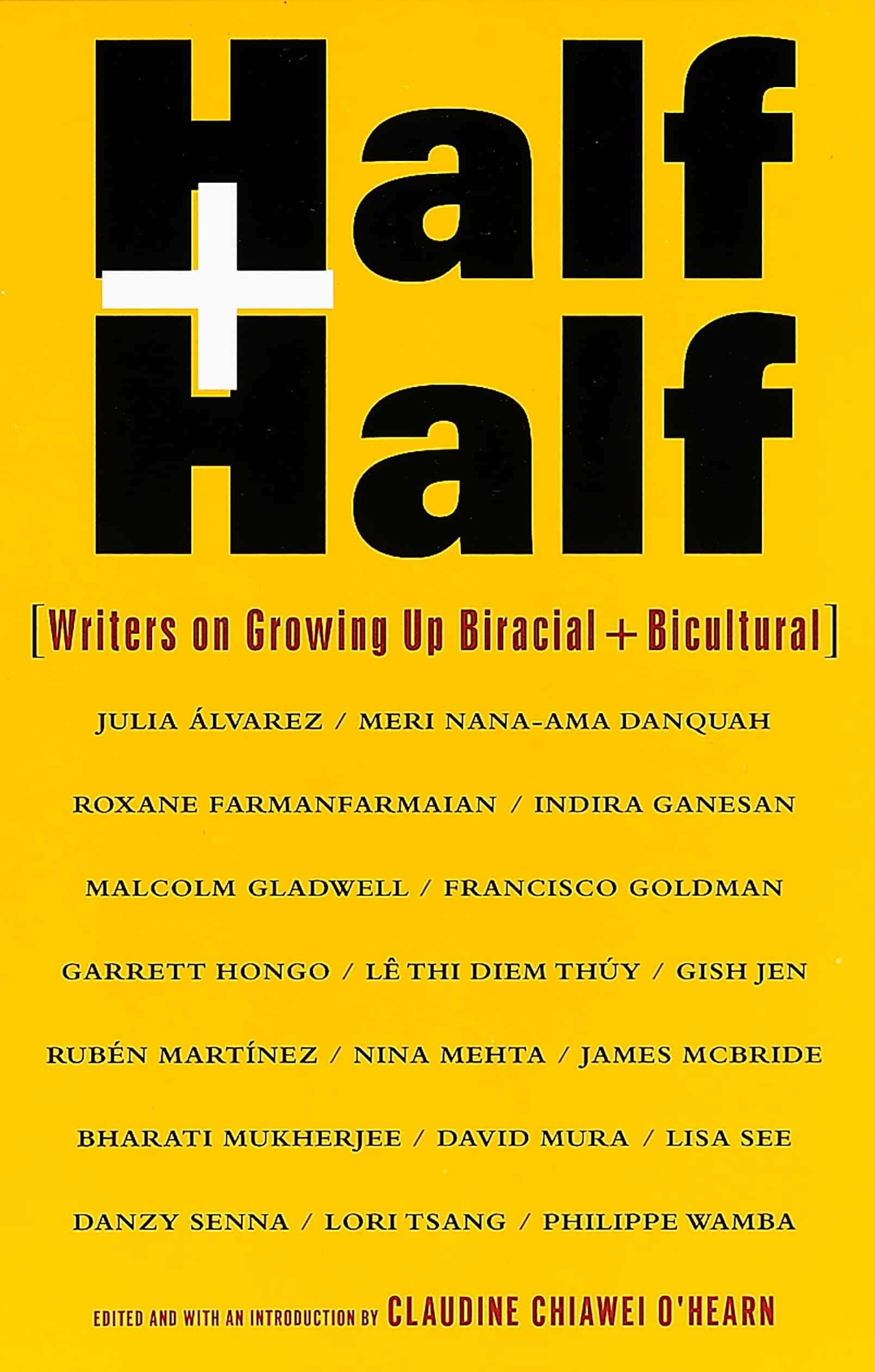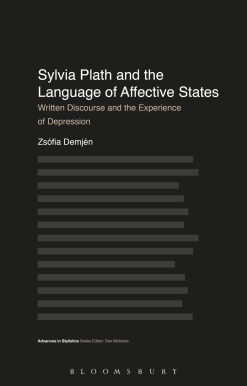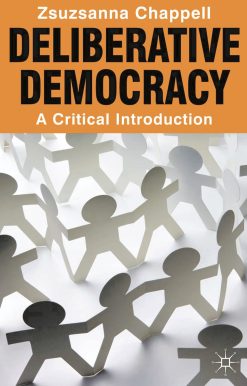Half and Half: Writers on Growing Up Biracial and Bicultural
12.00 JOD
Please allow 2 – 5 weeks for delivery of this item
Add to Gift RegistryDescription
As we approach the twenty-first century, biracialism and biculturalism are becoming increasingly common. Skin color and place of birth are no longer reliable signifiers of one’s identity or origin. Simple questions like What are you? and Where are you from? aren’t answered—they are discussed. These eighteen essays, joined by a shared sense of duality, address the difficulties of not fitting into and the benefits of being part of two worlds. Through the lens of personal experience, they offer a broader spectrum of meaning for race and culture. And in the process, they map a new ethnic terrain that transcends racial and cultural division.
Additional information
| Weight | 0.24 kg |
|---|---|
| Dimensions | 1.55 × 13.21 × 20.12 cm |
| PubliCanadation City/Country | USA |
| by | |
| format | |
| Language | |
| Pages | 288 |
| publisher | |
| Year Published | 1998-6-9 |
| Imprint | |
| ISBN 10 | 0375700110 |
| About The Author | CLAUDINE CHIAWEI O'HEARN was born in Hong Kong and raised in Asia and Europe. She lives in New York City. |
"The future is here in these fascinating looks at complicated identities. Insightful, hilarious, and often heartbreaking. I can't wait for my daughter (part Cuban, part Japanese, part Jewish) to grow up and read it."—Cristina García, author of The Agüero Sisters |
|
| Table Of Content | Introduction by Claudine Chiawei O’Hearn vii LOST IN PLACE by Garrett Hongo 1 THE MULATTO MILLENIUM by Danny Senna 12 THE DOUBLE HELIX by Roxane Farmanfarmaian 28 CALIFORNIA PALMS by lê thi diem thúy 38 MORO LIKE ME by Francisco Goldman 49 THE ROAD FROM BALLYGUNGE by Bharati Mukherjee 71 REFLECTIONS ON MY DAUGHTER by David Mura 80 LIFE AS AN ALIEN by Meri Nana-Ama Danquah 99 LOST IN THE MIDDLE by Malcolm Gladwell 112 THE FUNERAL BANQUET by Lisa See 125 A WHITE WOMAN OF COLOR by Julia Álvarez 139 A MIDDLE PASSAGE by Philippe Wamba 150 FOOD AND THE IMMIGRANT by Indira Ganesan 170 WHAT COLOR IS JESUS? by James McBride 181 POSTCARDS FROM “HOME” by Lori Tsang 197 FROM HERE TO POLAND by Nina Mehta 216 TECHNICOLOR by Rubén Martinez 245 AN ETHNIC TRUMP by Gish Jen 265 About the Authors 269 |
| Excerpt From Book | INTRODUCTION I was walking down the street the other day, on my way home from the gym, when a large woman with wiry hair run amok approached me, mumbling to herself and looking somewhat deranged, as only New Yorkers can look. As she neared me, she looked me in the eye and barked, “Half-breed bitch.” I had already passed her by the time I figured out what she had said. Shocked, my first reaction was a mix of surprise and even pleasure: “How’d she know? What gave it away?” It wasn’t until a block later that I became enraged and thought of a witty retort. I stopped being American when I first came to the States to live eight years ago. Growing up in Asia, I knew being mixed set me apart, but I didn’t have to name it until people began to ask, Where are you from? My father was raised in a working-class Irish American family in Fall River, Massachusetts. My mother was born near Shanghai, China, but when she was seven, on the eve of the communist revolution, she and her family fled to Taiwan. They met, romantically, and I think aptly, on an airplane (my mother was a flight attendant) and soon married—though not without first encountering resistance. My father’s family were familiar with only stereotypes of Asian women, and so were not eager to invite China into the O’Hearn fold. My mother’s family felt the same and took it a step further by hiring a private detective, who fortunately was unable to dig up anything incriminating about my father. Both sides eventually got over it, so we can laugh about it now, and frequently do. Following my mother’s example, both of her sisters married Caucasians, creating a whole generation of hapas (Hawaiian for half) in our family. My parents settled in Hong Kong, where I was born, and moved to Singapore, Belgium, and Ohio and finally settled in Taiwan. I consider these all to be home, with the exception of Akron, Ohio, where I experience my first sting of racism when preschool classmates pushed me off playground slides, pulled tight their eyes, and idiotically chanted, “Ching, Chang, Chong, Chinese.” Early learners. As coached by my mother, I retorted, “Chinese are better.” But since these places are all home, they forfeit their definition as a single place I can come from. Suspended, I can go anywhere but home. I don’t look especially Chinese—my eyes are wide and lidded, and my hair has a Caucasian texture and color. When my mother and I walked together, people would stare, often rudely. I could see questions in their curious looks: “Is this your daughter?” We looked incongruous. It never occurred to me that my mother and I looked any more different than any other mother and daughter; and even if we did, that it would affect how we related to each other. I don’t think I minded so because I assumed that I would find a home in the States when I went there for college. To me, America was summer vacations; getting up at six in the morning to watch Scooby Doo and the rest of the Saturday morning cartoons; eating Pop Rocks and macaroni and cheese (which I would inhale in large amounts); and best of all, shopping at the mall. Coupled with what I saw in the movies, this was my small window into American life. Because most people didn’t know where to place me. I made up stories about myself. In bars, cabs, and restaurants I would try on identities with strangers I knew I would never meet again. I faked accents as I pretended to be a Hawaiian dancer, an Italian tourist, and even once a Russian student. It always amazed me what I could get away with. Being mixed inspired and gave me license to test new characters, but it also cast me as a foreigner in every setting I found myself in. |
Only logged in customers who have purchased this product may leave a review.






Reviews
There are no reviews yet.